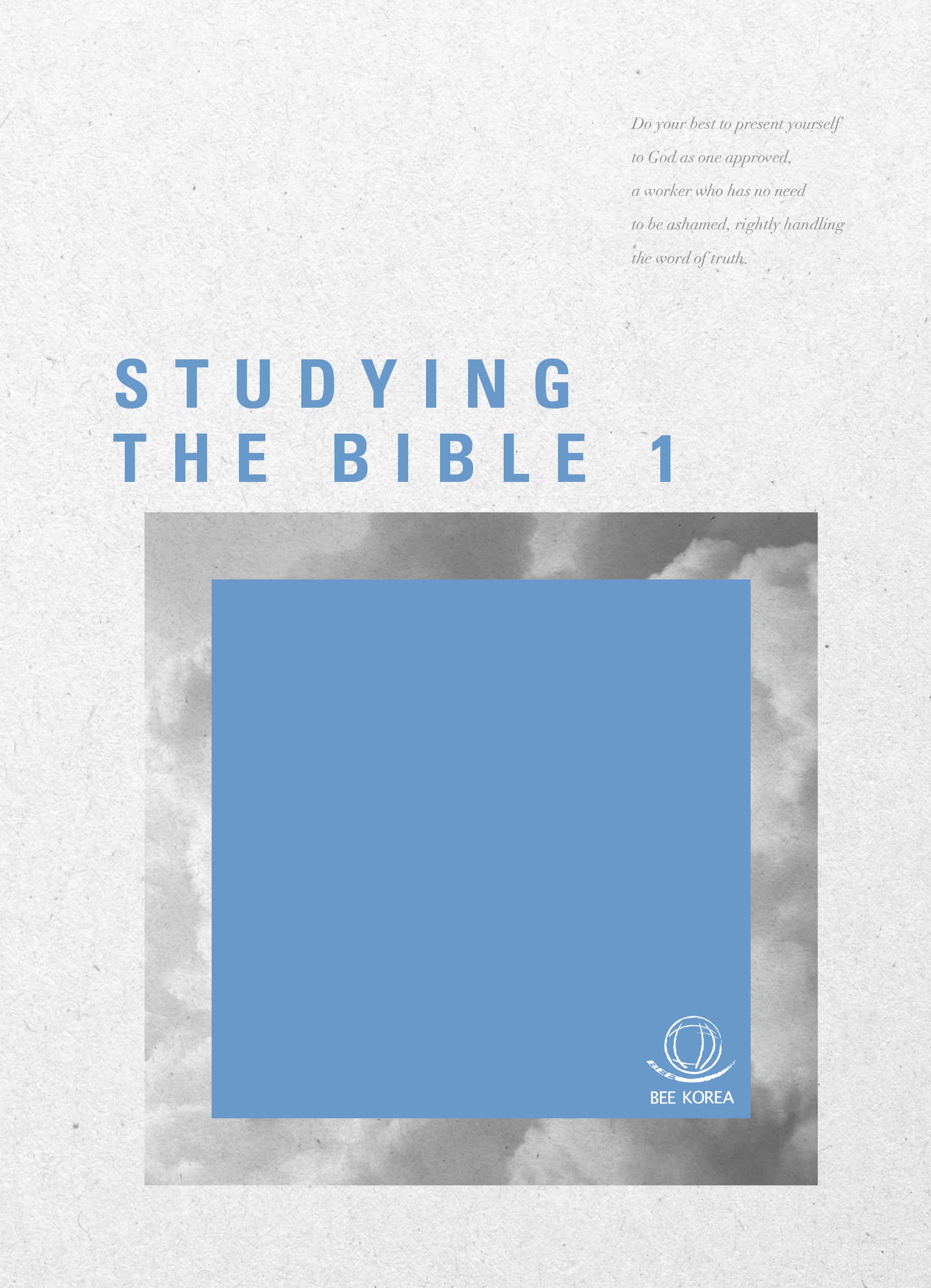Homeletics & Expository Preaching
Overview

You will learn how to study a book in the Bible as a whole (synthetic study) and to study a passage in a book (analytic study) inductively in this course. The inductive Bible study method presented in this course have three stages; observation, interpretation and application.
- It takes eight 150-minute sessions (total 20 hours) to complete the course.
Contents
- Find the theme and purpose of a book intended by the original author observing the book carefully.
- Divide the whole book into passages according to the units of thoughts.
- Find the theme and purpose of a passage intended by the original author observing the passage carefully.
- Find interpretive questions to interpret a passage and know how to find answers to the questions from the Bible.
- Apply the truths of a passage you find through observation and interpretation to yourself.
- Develop a teaching outline which will be used as a basis for expository preaching to apply the truths of a passage you find through observation and interpretation to other's present lives over the gap of time, culture and language.
Prerequisite
- Galatians
Overview
You will learn how to apply the inductive Bible study method you learned from Studying the Bible course to historical narrative.
- It takes six 150-minute sessions (total 15 hours) to complete the course.
Contents
- Point out a few of the unique features of historical narrative.
- Apply the usual method of observation-interpretation-application to an example of historical narrative.
Prerequisite
- Studying the Bible
Overview
You will learn how to interpret figurative languages as you study a passage using the usual method of observation-interpretation-application to interpret the passage clearly.
- It takes six 150-minute sessions (total 15 hours) to complete the course.
Contents
- Define different types of figurative languages such as "figure of speech," "symbol," "parallelism," "type," and "parable".
- Identify and interpret the meaning of symbols, parallelism, types, and parables and summarize the guidelines for interpreting each of the five categories of figurative language, making note of any similarities or differences for discussion in class
- Complete an inductive study of selected occurrences of figurative language in given passages of Scripture, classifying and interpreting their meaning in context.
Prerequisite
- Studying the Bible
Overview
You will learn how to determine the meaning of a word in its context as you study a passage using the usual method of observation-interpretation-application to fully understand the meaning of the sentence or passage.
- It takes six 150-minute sessions (total 15 hours) to complete the course.
Contents
- Understand the crucial principles in studying words.
- Identify the specific steps to follow when doing a word study.
Prerequisite
- Studying the Bible
Overview
You will learn how to understand what the whole Bible teaches about a given subject by handling the word of God carefully, with balance, perspective, and objectivity.
- It takes six 150-minute sessions (total 15 hours) to complete the course.
Contents
- Explain the objectives and cautions of a topic study.
- Outline the steps for doing a topic study.
Prerequisite
- Studying the Bible
Overview

Not only can the pastors but also all believers deliver the word of God to others. This course is a sequel of Studying the Bible course. You will learn how to develop the teaching outline you developed from Studying the Bible as a sermon outline and to deliver the word of God effectively. The principle and exercise can be useful in any situation to deliver a biblical message.
- It takes eight 150-minute sessions (total 20 hours) to complete the course.
Contents
- Reproduce a model of the communication process and explain how communication takes place between the preachers and their audience.
- Define the roles of preachers and apply them to your life and ministry.
- Define expository preaching and the process to follow in order to prepare expository sermons.
- Understand the form and purpose of sermons and exercise the various parts to vitalize your sermons.
- List possible ways for improving your preaching after gathering feedback.
Prerequisite
- Studying the Bible